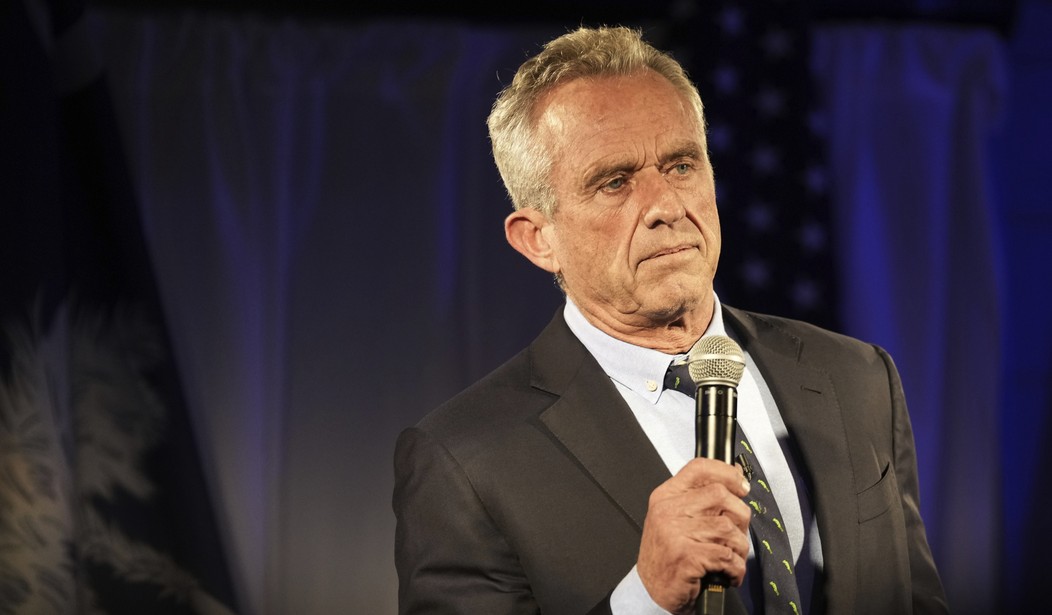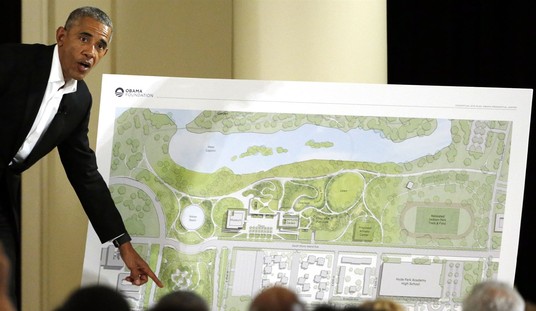Robert F. Kennedy is on a roll. He just finished gathering 100,000 signatures to get on the Texas presidential ballot and is making tremendous progress in gaining ballot access in Michigan, Ohio, New Hampshire, Nevada, and North Carolina and has garnered enough support to gain access to the California ballot.
It seems a virtual certainty that Kennedy will be on at least 40 of the 50 state ballots by November and should not be counted out to get on the remaining 10 plus the District of Columbia.
Social media is fueling his campaign. Among voters who say they get most of their news from social media, Kennedy gets 16% of the vote, close to Biden's 18%. And his primary supporters of Latinos and the under-30 demographic, are giving migraines to Joe Biden's campaign.
He's also winning a significant portion of voters who don't think either Trump or Biden can restore the "American Dream." Republican voters in Ohio, Nevada, Michigan, and New Hampshire are most receptive to Kennedy's message.
The overall results in the Biden versus Trump contest were virtually unchanged when Mr. Kennedy was included in the polls conducted by The New York Times, Siena College and The Philadelphia Inquirer. But beneath the surface of that seeming stability, the surveys revealed how Mr. Kennedy, powered by social media and younger voters, has emerged as an unpredictable X factor in what would otherwise be a 2020 rematch.
With less than six months until the election, the faction of the electorate giving Mr. Kennedy early support exposes some of the vulnerabilities inside the president’s Democratic coalition. Mr. Biden dropped all the way to 33 percent in a five-candidate race, an alarmingly low share of the vote for an incumbent president. The series of polls focused on what are expected to be the most contested states this fall: Arizona, Georgia, Michigan, Nevada, Pennsylvania and Wisconsin.
One warning sign for Kennedy is the belief by many of his supporters that their vote would be a "protest vote," meaning that there is a definite lack of commitment to the candidate. People who vote in order to "protest" don't always show up at the polling station. Also, they're more likely to fall away the closer we get to the election.
That said, the electorate is in a mood that might see "protest" as a viable way to express dissatisfaction with the system.
“In the last two or three months, I’ve been very impressed with the Kennedy operation for being able to smartly maneuver and get on ballots that were expensive and difficult,” said Michael Arno, whose ballot access firm worked with No Labels. “It sounds like they’ve done very well in both Texas and New York, and that’s very impressive and a real feather in their cap.”
Half of Mr. Kennedy’s supporters said they were voting chiefly for him, and nearly half said their support was mostly a vote against the other candidates.
Overall, Mr. Trump is leading by six percentage points in a one-on-one race with Mr. Biden. Mr. Trump was ahead by seven points when Mr. Kennedy and three other third-party candidates were included. None of those three other candidates topped 1 percent.
Kennedy had already lost half of his support from polls taken last fall. This is expected given the historical background of third-party candidates losing support as we get closer to the election.
But in 50 years of watching presidential elections, I've never seen one like this. The key to remember is that Kennedy would only have to have an impact in a handful of states — perhaps as few as two or three — to spoil the election for either Biden or Trump.
Neither candidate is comfortable with that.










Join the conversation as a VIP Member